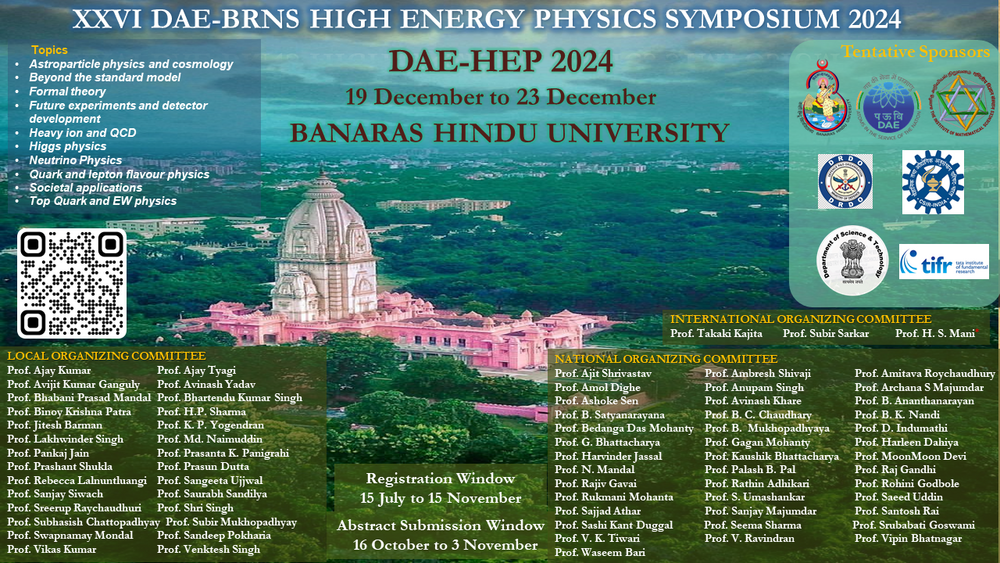Speaker
Description
The interaction of high-energy cosmic rays with Earth's atmosphere initiates a cascade of secondary particles known as an Extensive Air Shower (EAS). The Gamma Ray Astronomy at PeV EnergieS Phase-3 (GRAPES-3) experiment is a ground-based cosmic ray observatory, comprising approximately 400 plastic scintillators to detect the electromagnetic component and a large-area muon telescope to monitor the muonic component of EASs. Muon properties, including multiplicity and energy, provide critical insights into the primary cosmic ray composition. However, the current hadronic interaction models such as QGSJET II-04, EPOS LHC, and SIBYLL 2.3d vary significantly in their predictions for muon characteristics. In this contribution, we present a comparative analysis of these high-energy hadronic interaction models through simulations of cosmic ray muons in TeV–PeV monoenergetic showers, conducted using CORSIKA (Version 7.7550). Our analysis highlights discrepancies among model predictions, specifically focusing on muon multiplicity and energy distributions from 100 TeV, 500 TeV, and 1 PeV monoenergetic showers under GRAPES-3 conditions. We consider a range of primary cosmic ray nuclei, including protons, helium, carbon, nitrogen, oxygen, aluminum, and iron, to better understand model-dependent variations in shower characteristics and improve interpretation of GRAPES-3 data.
| Field of contribution | Experiment |
|---|

